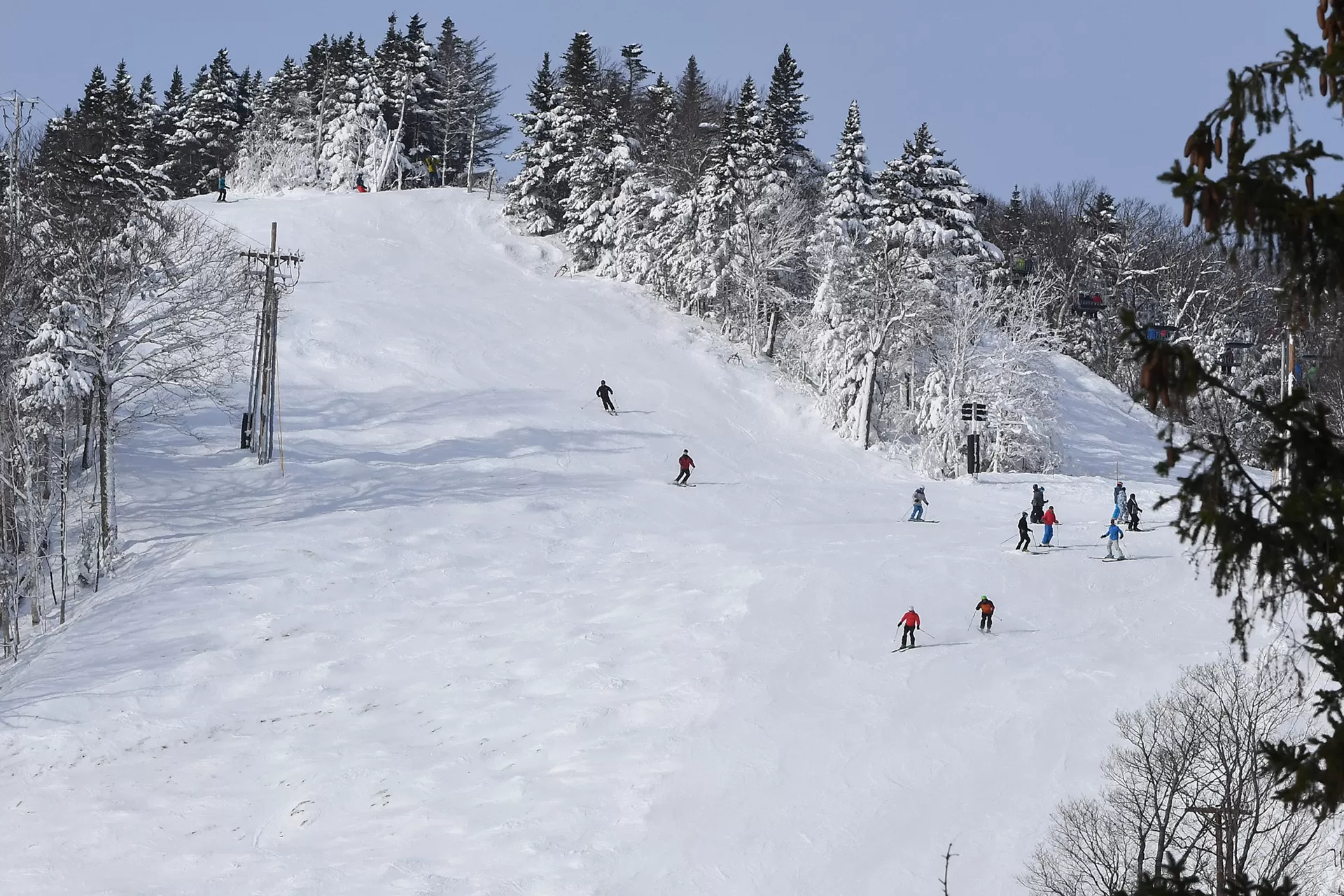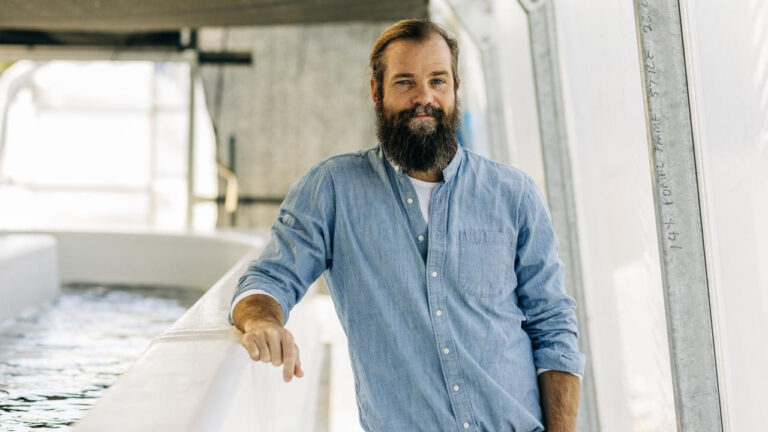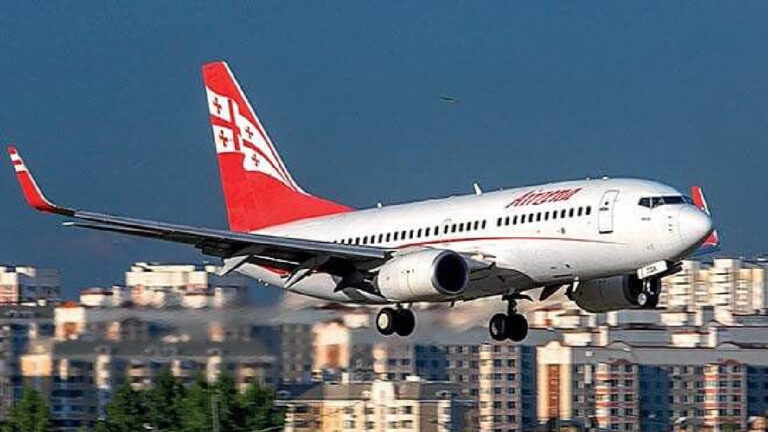Jay Peak, Vermont
Average Snowfall: 350”
Jay Peak takes the crown for being the snowiest resort on the East Coast. When Vermont gets hit with a snowstorm, Jay Peak often receives double or triple the amount of snow that more southernly resorts receive. Located just 5 miles south of the Canadian border, Jay Peak’s location, coupled with its variety of terrain, makes it one of the top New England ski resorts. Skiers and riders have a lot of terrain to choose from, including 100-plus acres of gladed terrain, secret powder stashes, and two terrain parks, both off Stateside. All told Jay Peak boasts an impressive 50 miles of trails. For advanced skiers, Jay Peak has what it calls a “liberal in-bounds policy.” Follow Jay Peak’s instructions for off-piste skiing, like skiing in groups of 3 and not entering the glades/woods after 3 p.m.

Stowe, Vermont
Average Snowfall: 315”
Located about an hour from Burlington, Vermont, Stowe has a long-running history, where skiers and riders have been speeding down lift-served runs since 1937. Stowe, located on Vermont’s highest peak, Mt. Mansfield (and offering access to sister peak Spruce Mountain), is considered the birthplace of alpine skiing in Vermont. Check out Stowe’s famous “Front Four” for good steeps and natural snow. Starr, National, Liftline, and Goat are among the original double-black runs on the mountain, some of them being cut as early as 1940. Stowe’s front four runs are known for its natural snow and that classic steep and narrow old-school Vermont vibe. The adjacent trees boast some of the best terrain for fresh tracks.
Simply put, Stowe is one of New England’s preeminent family ski resorts, with tons of terrain options for everyone from beginner to expert skiers. Bonus: The quaint town of Stowe makes for a great après-ski experience.

Bolton Valley, Vermont
Average Snowfall: 312”
Bolton Valley is another Vermont ski resort that is convenient to Burlington, located just 35 minutes away from Burlington International Airport. A generous 300-plus inches of annual snowfall and thousands of acres of backcountry makes Bolton Valley a great ski destination for powder lovers. Bolton Valley is located in the scenic Green Mountains and offers 64 varied trails with 6 lifts and night skiing 4 nights a week. The resort has 71 trails and grants skiers and snowboarders access to 300 skiable acres. Off-piste skiers and powder hounds should check out Bolton Valley’s extensive backcountry terrain, featuring access to nearly 12,000 acres of wilderness with both cut and natural backcountry trails to explore. The majority of Bolton Valley’s backcountry terrain is on the leeward faces of its highest ridges, resulting in a northeast-facing snow-accumulating zone. That means shaded snow that stays light and fluffy throughout the winter.
Additionally, Bolton Valley has a guided backcountry program that offers guests private guided tours and lessons to make the backcountry more accessible to everyone. This program also offers a couple of one-ride lift tickets so you can enjoy the resort terrain as well.
Mad River Glen, Vermont
Average Snowfall: 228″
“Ski it if you can” is the famous slogan of the cooperatively-owned Mad River Glen in Vermont’s Mad River Valley. This ski area is the one skiers-only resort in the East, and is home to one of the last single-rider chairlifts in operation. Mad River Glen got its slogan for its tricky technical terrain and old-school atmosphere that has to be skied to be believed. While Mad River Glen historically doesn’t receive the amount of snowfall as others on this list, the combination of technical terrain, ski-only vibe, and unique atmosphere makes it a great destination for skiers. The mountain boasts 115 acres of trails, plus 800 acres of accessible tree skiing.
Mad River Glen opened in 1948 as one of Vermont’s first major ski areas. In 1995 the resort underwent an ownership transformation and is now the only skier-owned mountain in America. The Mad River Glen Cooperative was established to keep the mountain independent and preserve the community Vermonters had come to know and love. They value low skier density and aim to service natural terrain and glades.

Sugarbush, Vermont
Average Snowfall: 250″
Sugarbush Resort, located down the road from Mad River Glen, sees a similar amount of snowfall each year. The resort has two peaks, Mt. Ellen and Mt. Lincoln, each with a variety of trails. When there’s enough snow, locals head to the beloved Castle Rock double chair on the Mt. Lincoln side. This grants access to some of Sugarbush’s more difficult steeps and trees. Across both peaks, Sugarbush offer 28 different wooded ski areas that feature beginner to advanced tree skiing, perfect for any rider level in your group. Guided skiing is also offered in the Slide Brook Basin glades located between the two mountains. Mt. Ellen is celebrating its 60th anniversary this year, with a party scheduled for late January.

Smugglers’ Notch, Vermont
Average Snowfall: 280
Smugglers’ Notch, affectionately known as Smuggs, is another snowy Vermont resort, located just over the hill from Stowe in Jeffersonville. It’s home to the only triple black diamond trail in the East, and has more than 1,000 acres of accessible terrain. It is also consistently rated as one of the top family resorts in the country. Smugglers’ Notch also has tons of off-slope activities, including skating, tubing, swimming, guided walks, sugar on snow, and more. Their ski school is top-notch, with attentive instructors who make dropping off your kids a breeze, so you can take some solo laps.
As you’re taking laps, don’t miss the Back Bowl. While it’s not technically part of Smugglers’ Notch, it offers up premium tree skiing that simply can’t be beat. For on-trail steeps, nothing on the east skies like Madonna. Go for one of the best summit views in the state and stay for the technical terrain that takes you down.

Killington, Vermont
Average Snowfall: 250”
The “Beast of the East” gets its title for having the most skiable terrain of any resort on the East Coast. Killington alone takes that prize, but when paired with its sister mountain, Pico, it’s hard to beat this as one of the best New England ski destinations. This is evidenced by the fact that Killington plays host to the Killington World Cup FIS Ski Race every year at the start of the season. Both resorts, just six miles from one another, receive a similar amount of snow and boast a wide variety of terrain. Together, they have 7 distinct peaks and ski areas with a total of 1,977 skiable acres, giving tons of options for riders to enjoy. Woodward Mountain Park at Killington is also a popular spot for those who like to get airborne.

Sugarloaf, Maine
Average Snowfall: 200”
Sugarloaf, Maine’s second-highest peak, is among the snowiest ski resorts in the state, drawing powder skiers as the only lift-serviced terrain above treeline on the East Coast. When the snow is good, the Snowfields area of the mountain is about the closest thing you’ll find to West Coast terrain. It’s comprised of 176 trails and 1,360 skiable acres, including many promising glades. Sugarloaf tends to be a little less crowded compared to some other major East Coast players on this list due to its distance from many of New England’s major cities.

Saddleback, Maine
Average Snowfall: 200”
A historic Maine favorite, Saddleback Ski Area has reopened after a five-year closure, offering 68 runs and 2,000 feet of vertical. Additionally, it has 88 acres of hand-cut glades that provide a great New England sidecountry experience for those looking to get off piste. Saddleback has been hailed for its mostly affordable lift tickets and bustling ski school program, making this a great option if you have beginners in your group.
Mont Sainte Anne, Quebec
Average Snowfall: 262″
While you may not think Eastern Canada when you think of East Coast skiing, don’t sleep on Quebec. Located just outside of Quebec City, Mont Sainte Anne has 547 acres of skiable terrain with 71 trails for regular skiing, and 19 trails open for night skiing. It’s located within the Laurentian mountain chain and is known for its gorgeous views and long groomed runs. On off days, guests can enjoy the thermal outdoor spa pools or a trip to the famous Basilica located 5 miles away from the resort.

Even if the snow isn’t falling, these East Coast resorts keep the chairs spinning with high-tech snowmaking. So whether you’re after deep pow or smooth corduroy, you’ll find somewhere on the east that suits your needs. This is by no means an exhaustive list of all the East Coast ski areas where you’ll find fresh powder in the winter. Check out more East Coast ski resorts, and snow reports, here.
Source: On The Snow







